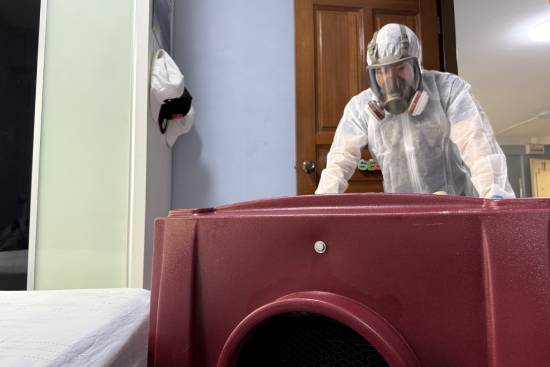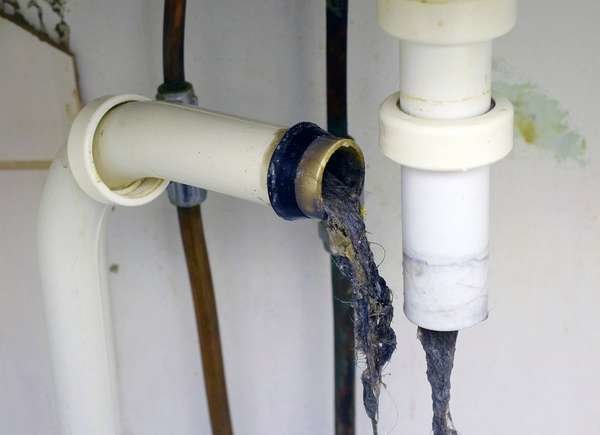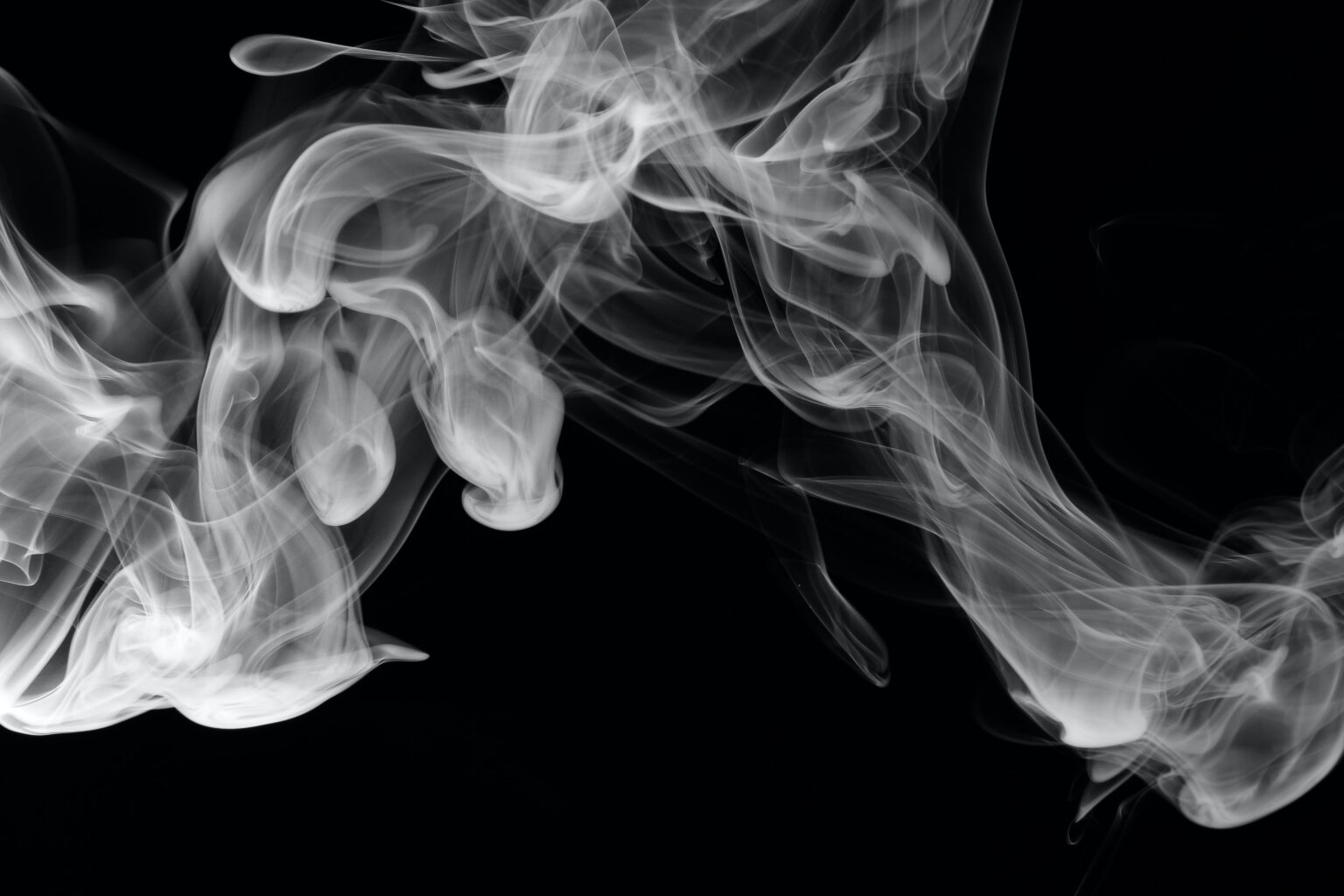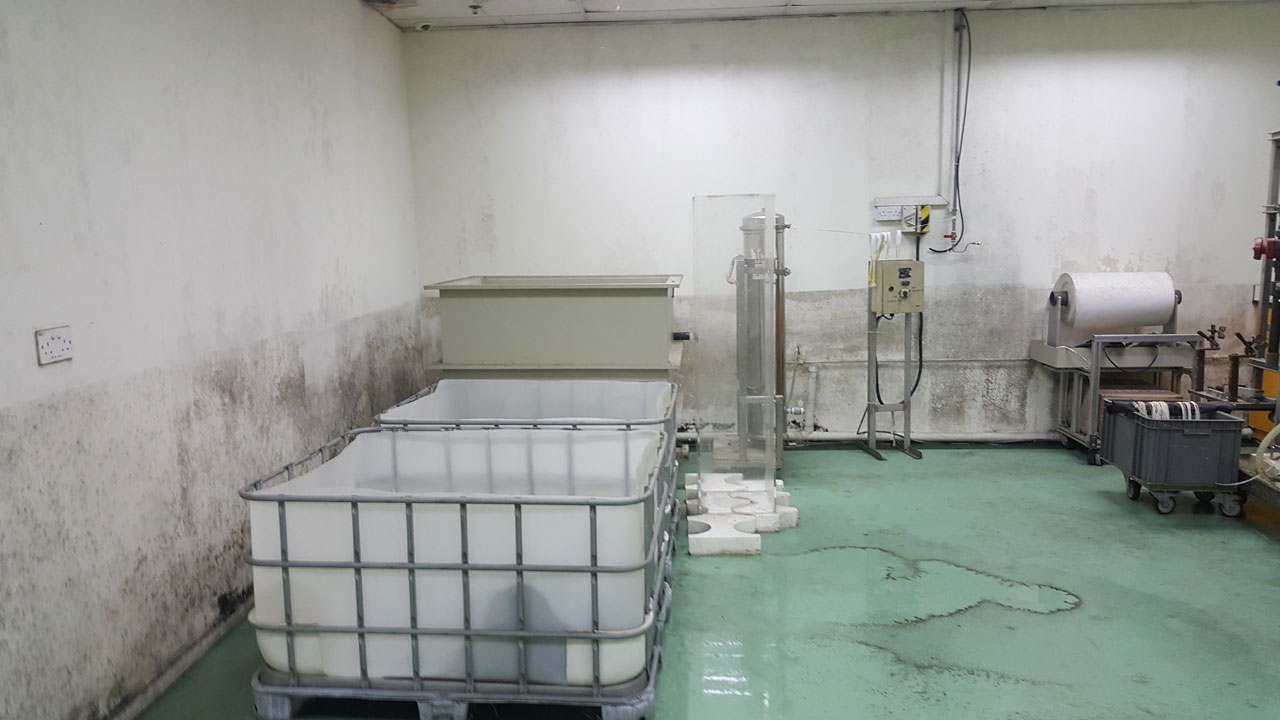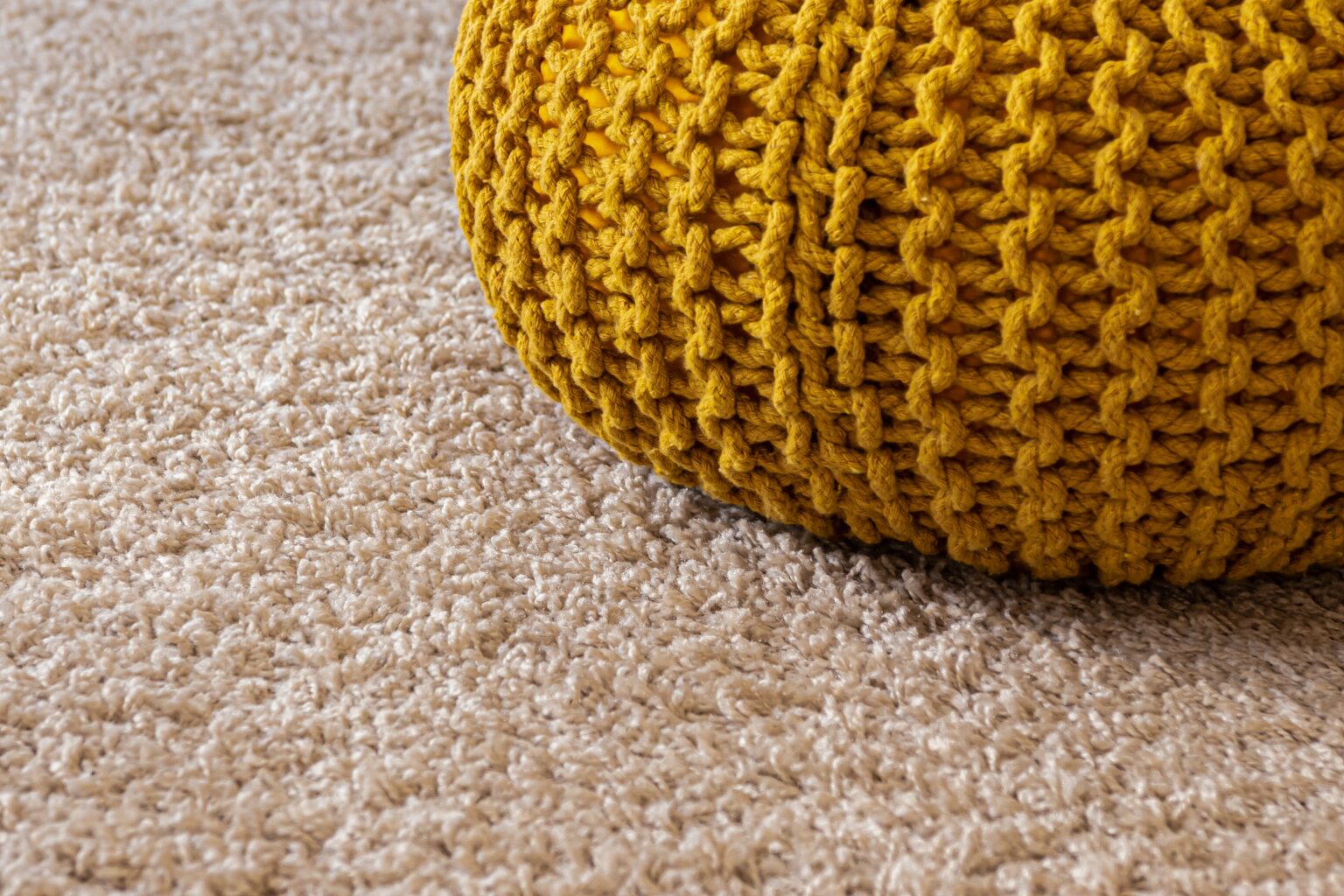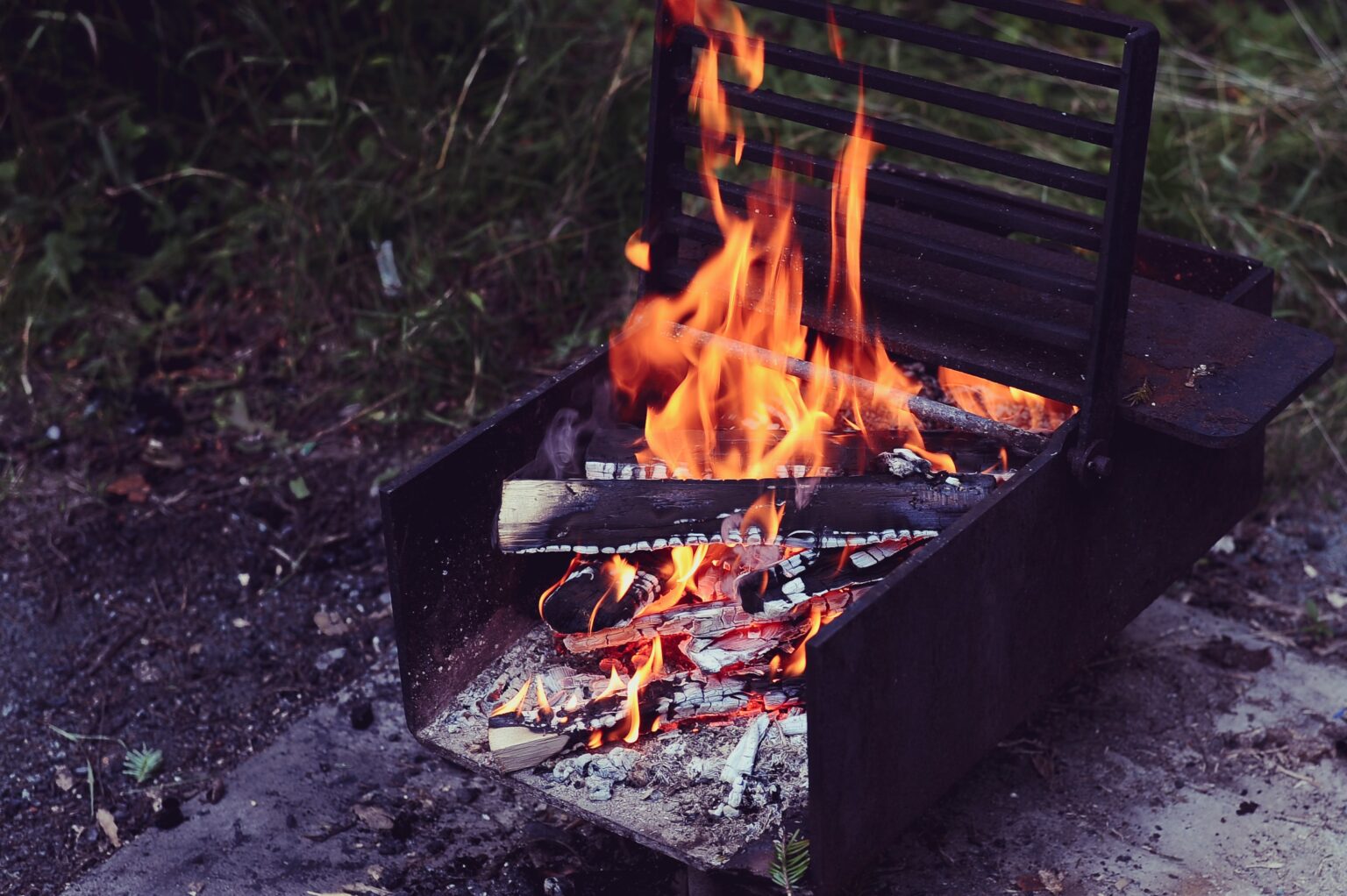In order to understand how bad smells linger in our homes, let’s first take a look at a sense that is often overlooked: the sense of smell. As a matter of fact, there aren’t any inventions that enhance our sense of smell. The nose doesn’t get the equivalent of prescription glasses or hearing aids, but its importance to our health shouldn’t be underestimated. There are various types of odours in the home, some of which are just objectionable, while others can indicate hazardous conditions.
The good news is that you do not have to live with these annoying and sometimes dangerous smells. In order to make your home more enjoyable for everyone, there are things you can do to prevent or eliminate it, such as hiring an professional odour removal company. By removing smells, you’ll have a safer, more pleasant home.
The Nose Knows
According to neuroscientists, humans can distinguish 10,000 scents, although many of them have no names. It is through our sense of smell that we can experience depth and emotional richness in our daily lives.
By using olfactory neurons, located in the nasal epithelium which detects and transmit odourant information to the central nervous system in our brain, we are able to decipher molecules that travel into our nose. Odour molecules come into contact with olfactory receptors that lock onto these molecules and generate an electrical signal that is eventually relayed to the brain. All of this, of course, happens virtually at the speed of light.
Take a moment to think about the feelings and memories that surge through you as you smell fresh-cut grass or lilacs in bloom, just as a cinnamon-filled apple pie emerges from the oven, burrow your face in a sun-dried bed sheet.
Our sense of smell continues to serve us today in ways that may not seem obvious. By helping us sense foul odours in the home, the nose actually protects our health. Its detects harmful molecules in the air and sending a warning to the brain. How we respond to that warning, however, is entirely up to us to react. At Envico, the team has vast experience in treating all forms of odours by working in close collaboration with the in-house R&D team, the Odour Treatment Program helps by removing surface odours, killing the root cause, and eliminating any trace of foul smell.
Here are the common funky odours and what they might mean.
- Stinky Dishwasher
The moisture in your dishwasher can become a breeding ground for smelly mould, mildew and rotting food bits. In addition to periodically wiping down the interior, you can try this handy trick: Besides periodically wiping down the interior, try this handy trick: Fill a small bowl with white vinegar and place it in the lower rack of an empty dishwasher. Without adding detergent, run a normal cycle and select extra rinse and hot rinse, if available. That should take care of your smelly dishwasher.
- Sewer Odours
From unused bathrooms to kitchen sinks, the smell of sewage can often permeate from our drains. This is especially common in unused bathrooms, which can give off a sulfuric, rotten-egg stench.
What’s causing this issue?
There is a U-shaped pipe at the bottom of the drain that holds water. If left unused, the water can evaporate, allowing the stench to enter your bathroom. If you don’t run water into the drain regularly, you’ll eventually have a sewer gas smell in your home, similar to a rotten egg odour.The best way to protect your home against water leaks is to regularly run water down your bathroom drain at least once a week, even if you don’t use it usually. This will help reduces gasses and ensure your water seal stays in good condition. This will help the smell go away and the bathroom will be far more pleasant if someone has to use it.
- Lingering Smoke
A cigarette smoke odour is noticeable from the moment you walk into a house. Cigarette smoke lingers in fabrics, carpets, walls, and flooring for weeks after it has been expelled.
The harms of cigarettes are well documented, so we won’t go over them here, but you should understand that the chemicals that make cigarettes so dangerous don’t disappear when the cigarette is extinguished.
The chemicals and carcinogens remains in the area and settle on surfaces or fabrics, waiting to be released at a later time. Called thirdhand smoke, this puts people at risk from the common harms of cigarette-smoke, long after smoke has disappeared from the air.
Removing cigarette smoke is a difficult task, but it’s far from impossible. You need to take an approach that encompasses the entire home from top to bottom. Cleaning the walls and ceiling may help, and you could use a treatment that will neutralize the chemical odours that are left from smoke.
You could also repaint the interior, which will cover the unsightly smoke stains and seal in harmful contaminants. If you decide to paint, use a sealer and primer, which will effectively trap the contaminants.
If the home has been smoked in for years, it’s probably best to have the carpets cleaned, which will help remove microscopic particles. If the carpet is seriously damaged, you may need to have it replaced.
- Mould
If you have ever noticed a musty smell in your home, there’s a good chance that you have mildew or mould growing somewhere inside. Mould is one of the most common sources of smells in the house, and it can grow in many places but is most common in damp areas, especially the basement but also bathrooms and kitchens.
Mould is not just smelly, it can actually be toxic. Mould also releases microscopic spores that are used for reproduction, and these spores, which float on the air like pollen, can be inhaled, causing respiratory and allergy issues.
Getting rid of mould should be considered a two-phase process: Phase 1 is eliminating the source of moisture, which will reduce the musty smell. Mould feeds off moisture in the home, and even dampness in the air is a possible source of water for mould.
Make sure your pipes are sealed, your basement is dry, and your windows, doors, and other areas are not leaking water. You may also want to run a dehumidifier to reduce the amount of moisture in the air. By reducing moisture sources, you reduce the chances of future mould growth.
Phase 2 will be to clean the mould that has already grown. Using cleaning solutions and a little effort, you can remove mould from the home and keep it from coming back. Using a cleaning solution of bleach and water, you can kill the mould where it lives.
There are also chemicals made specifically for mould, but if the problem is significant, you may want to use a professional mould-removal service, which will virtually guarantee the mould is removed completely from your home.
- Dirty Carpet
Do you ever notice a musty smell coming from your carpet? Perhaps it hasn’t gone away even though you’ve been vacuuming it. Lets take a look at what’s lurking underneath your carpet.
- Dust, soil and dirt
- Dust mites and pest
- Bacteria, germs and viruses
- Mould and Fungi spores
- Allergens and Bio-contaminants
- Dead Skin Flakes (food source for dust mites)
- Food Residue (food source for pest)
- Bad odours
- Stubborn stains
To ward off bad odours, vacuum at least 3 times a week with a machine that has a HEPA (high-efficiency particulate air) filter. Alternatively, the best method for hassle-free and guaranteed elimination of bad odour, would be to hire experts specialising in Professional Carpet Cleaning.
- Burning, Smoky Odours
Unless you have a fireplace, the smell of smoke or something burning is definitely dangerous. Even if you don’t see signs of fire, you could have something smoldering in the basement or inside the walls. The smell of ozone, common during a lightning storm, could mean overheated electrical wires or appliances, overloaded circuits, frayed or loose wiring, or incorrectly sized breakers or fuses.
Check your outlets to see if there are any sparks or burn marks; call a licensed electrician if the problem persists. An “oily” burning smell could mean that your furnace is malfunctioning, and failing to ignite all of the oil in the burner. Call a licensed professional as soon as possible to have the unit checked and serviced. Oil spills from fuel deliveries can also give off an oily burning smell.


